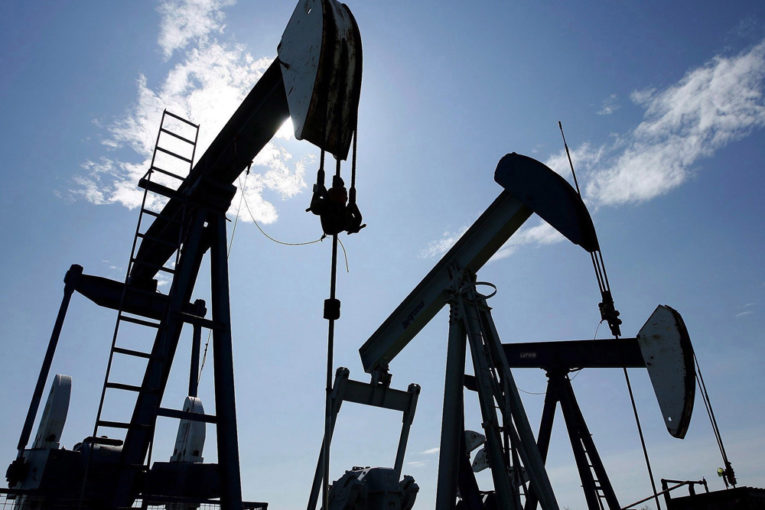
The big theme in Alberta’s 2018 budget is that thanks to NDP government leadership during the “worst recession in generations,” the provincial economy is more diversified and government less dependent on the oil-price roller coaster.
But what’s striking is how much the path forward remains dependent on higher oil prices, oil production growth, and particularly pipe dreams, which in turn fuel the haul from carbon taxes.
The province is pretty much banking on the hope that new pipelines, specifically Kinder Morgan Canada Inc.’s Trans Mountain expansion, will be in operation early in the next decade.
“Beginning in 2021, additional revenue resulting from the federally imposed carbon price tied to the construction of the Trans Mountain Pipeline will be used to support vital public services as the province stays on track to balance the budget by 2023,” Finance Minister Joe Ceci said in unveiling his government’s financial plan for the final year of its term.
According to the document, approval of the Trans Mountain expansion and of Enbridge Inc.’s Line 3 replacement “will provide critical market access as oilsands production continues to rise” and “could lift Alberta’s GDP by about 1.5 per cent to 2 per cent by 2023 relative to a scenario without pipelines.”
The province even took plenty of credit for helping pipelines get closer to breaking ground.
“We backed Keystone XL with a commitment of 50,000 barrels a day for 20 years,” Ceci said in his speech. “Construction of Line 3 has begun. And we are leading the fight to build the Trans Mountain pipeline.”
Based on new pipelines getting built, the province expects non-renewable resource revenue to soar to $10.4 billion in 2023/2024 (as new pipelines shrink heavy oil discounts and production rises) from $3.8 billion projected in the 2018/2019 fiscal year, down from a projected $4.5 billion in 2017/2018 because of pipeline bottlenecks.
It also expects prices for West Texas Intermediate oil to recover to US$73 a barrel (from about US$65 now) and differentials to shrink to US$18.40 a barrel in 2023/2024.
The new revenue is expected to put an end to eight years of deficit spending, which by 2023/2024 will add up to $96 billion in debt.
It’s a rose-coloured view that’s out of sync with the gloom in the province’s private sector, which remains concerned about continuing legal challenges to Trans Mountain and opposition by the British Columbia government, raging activism and timid federal government leadership.
But Ceci said he has no doubt pipelines are coming.
“They are federally approved and they are in the interest of national infrastructure and Canadian energy sovereignty,” he said to reporters.
Alberta’s economic recovery is based on strong oil exports because of soaring oilsands production, which is expected to grow by more than 360,000 barrels a day in 2018 with the completion of projects such as the Fort Hills oilsands mine, and by an additional 380,000 b/d from 2019 to 2021 with addition of a number of in-situ projects.
“This will bring Alberta oil production to just under four million b/d and maintain Canada’s position as one of the world’s largest oil producers,” the budget says.
After growing 4.5 per cent in 2017, the provincial economy is expected to expand by 2.7 per cent in 2018.
Ceci said Alberta’s path to balance also relies on economic diversification and controlling government costs, though not slashing government programs.
Still, economic diversification is also focused on doing more with oil and gas, such as subsidizing new petrochemical plants and partial upgrading, not the introduction of new industries. The subsidies will result in $13 billion in new investment, Ceci said.
As for all the green energy jobs from the new green energy economy promised earlier in the NDP mandate, the budget has little to offer.
Much of the heavy lifting to smooth out volatile government revenue from oil price fluctuations is coming from that old and proven standby – higher taxation, particularly new carbon taxes.
Financial Post
You can read more of the news on source
